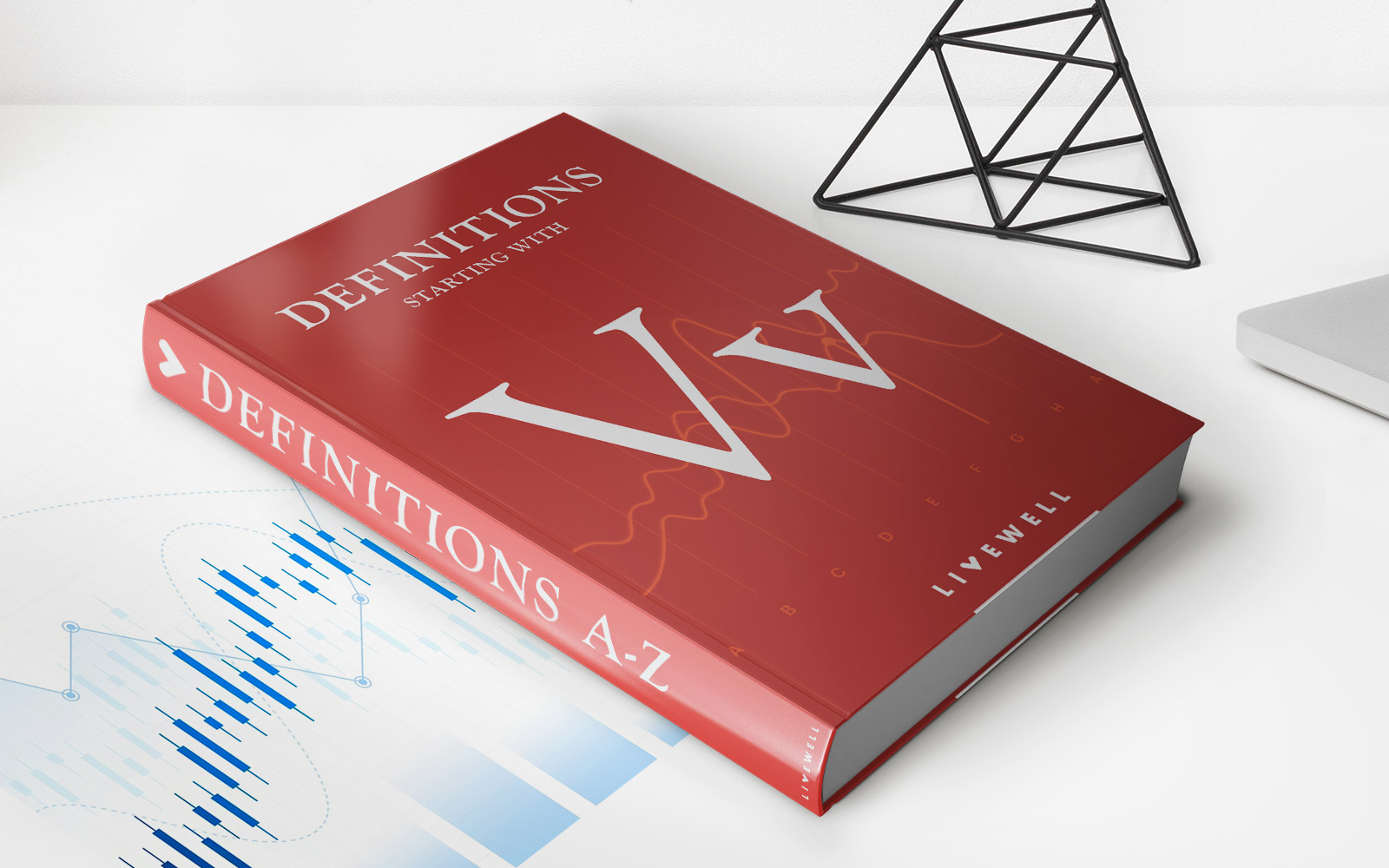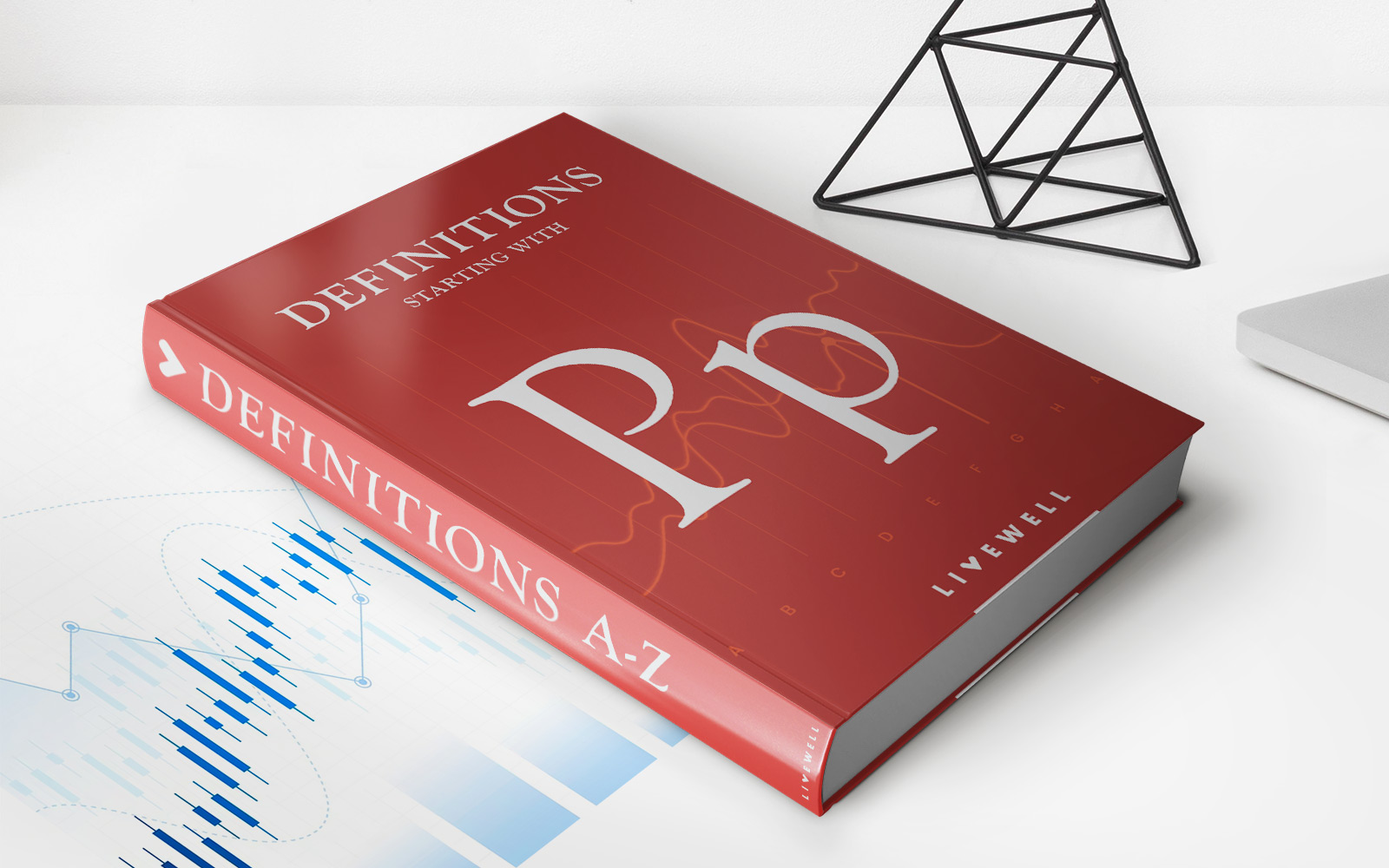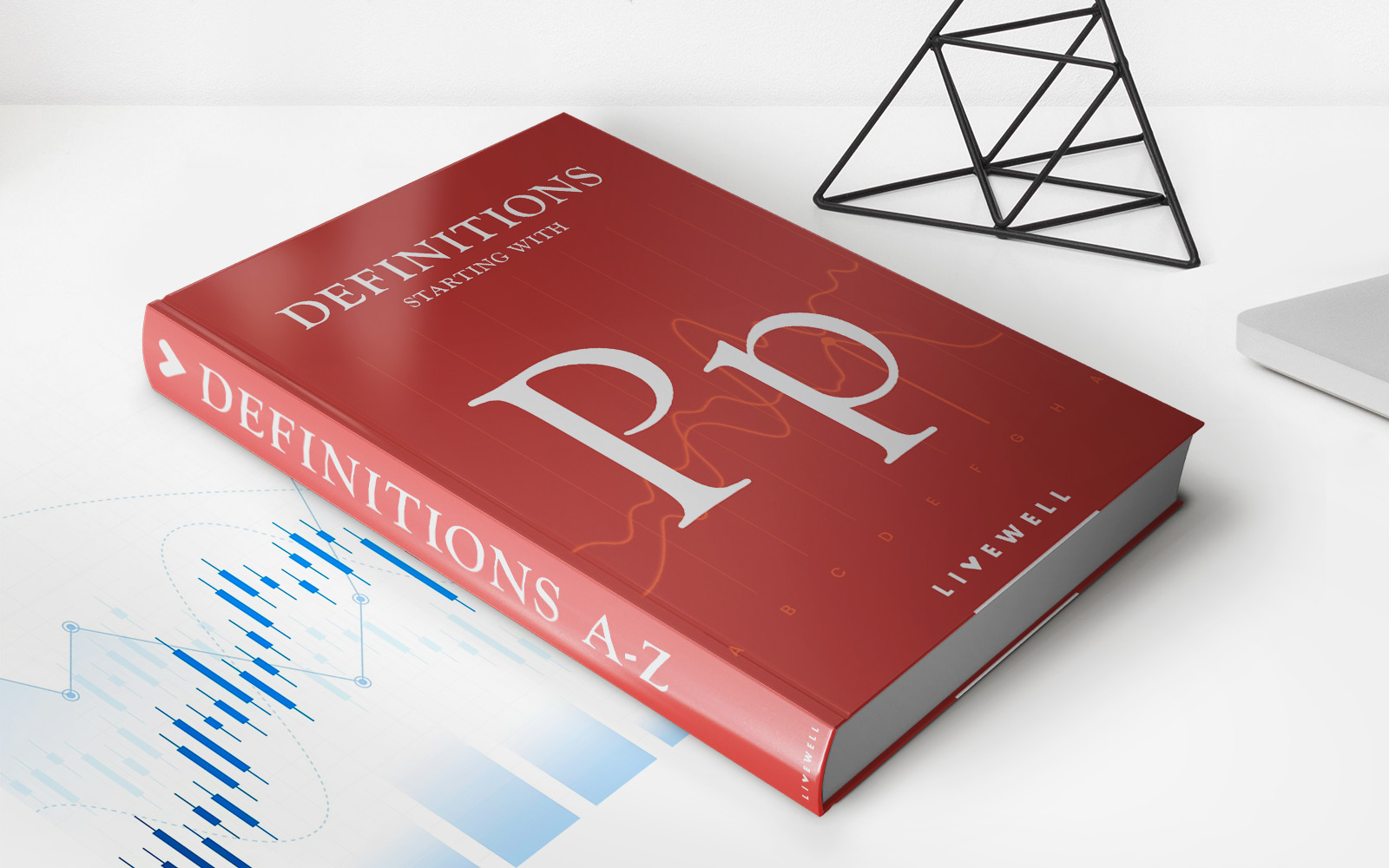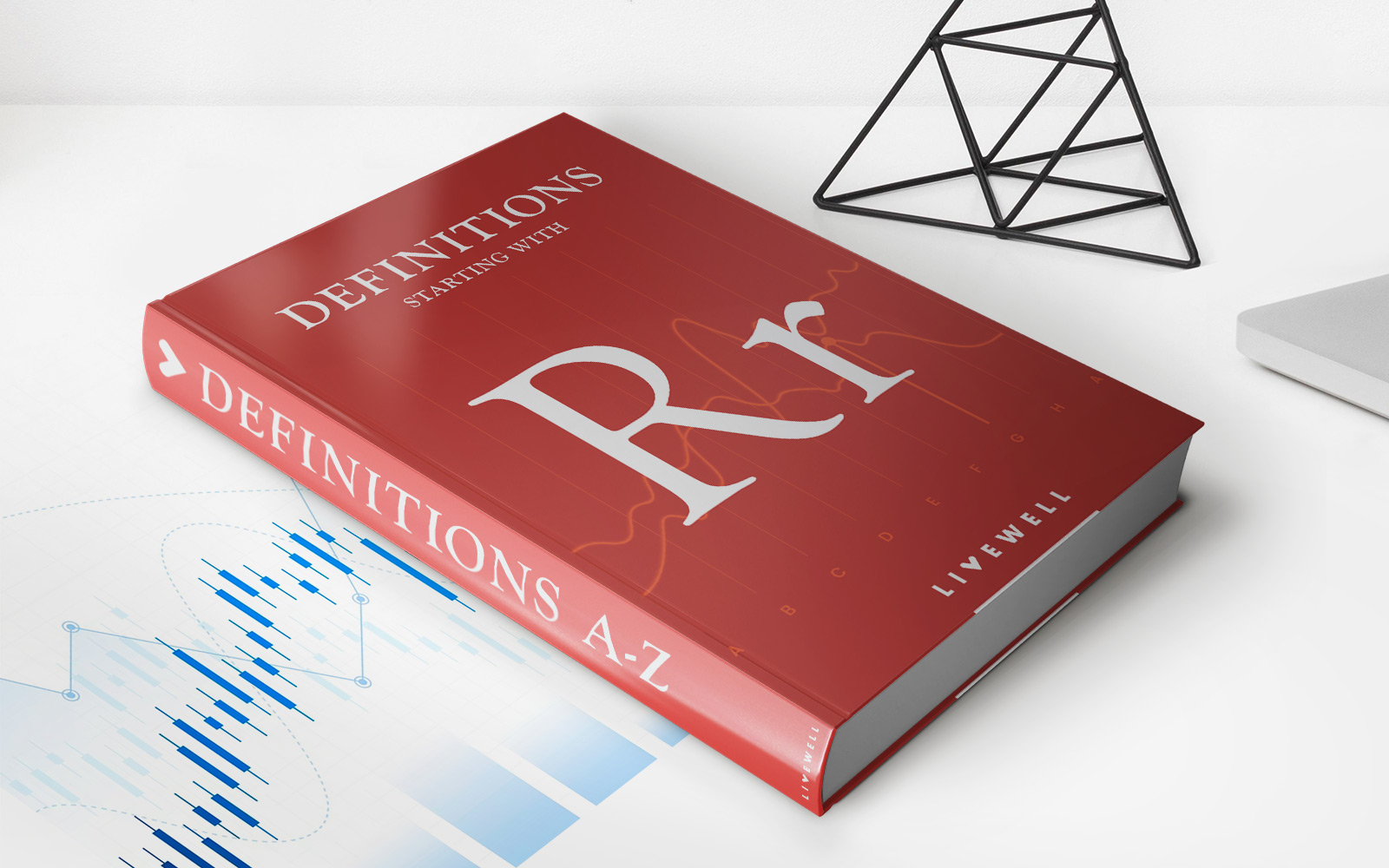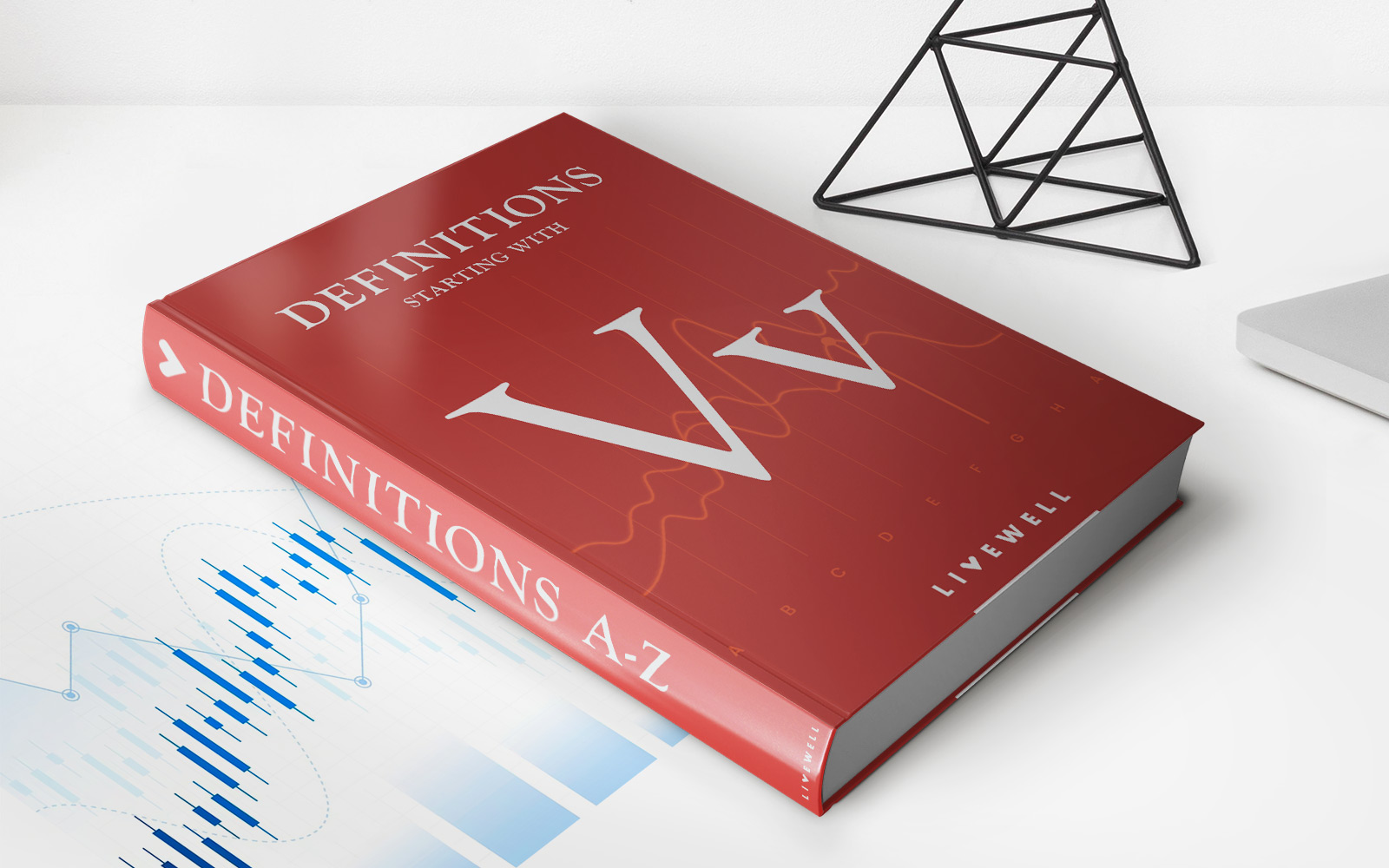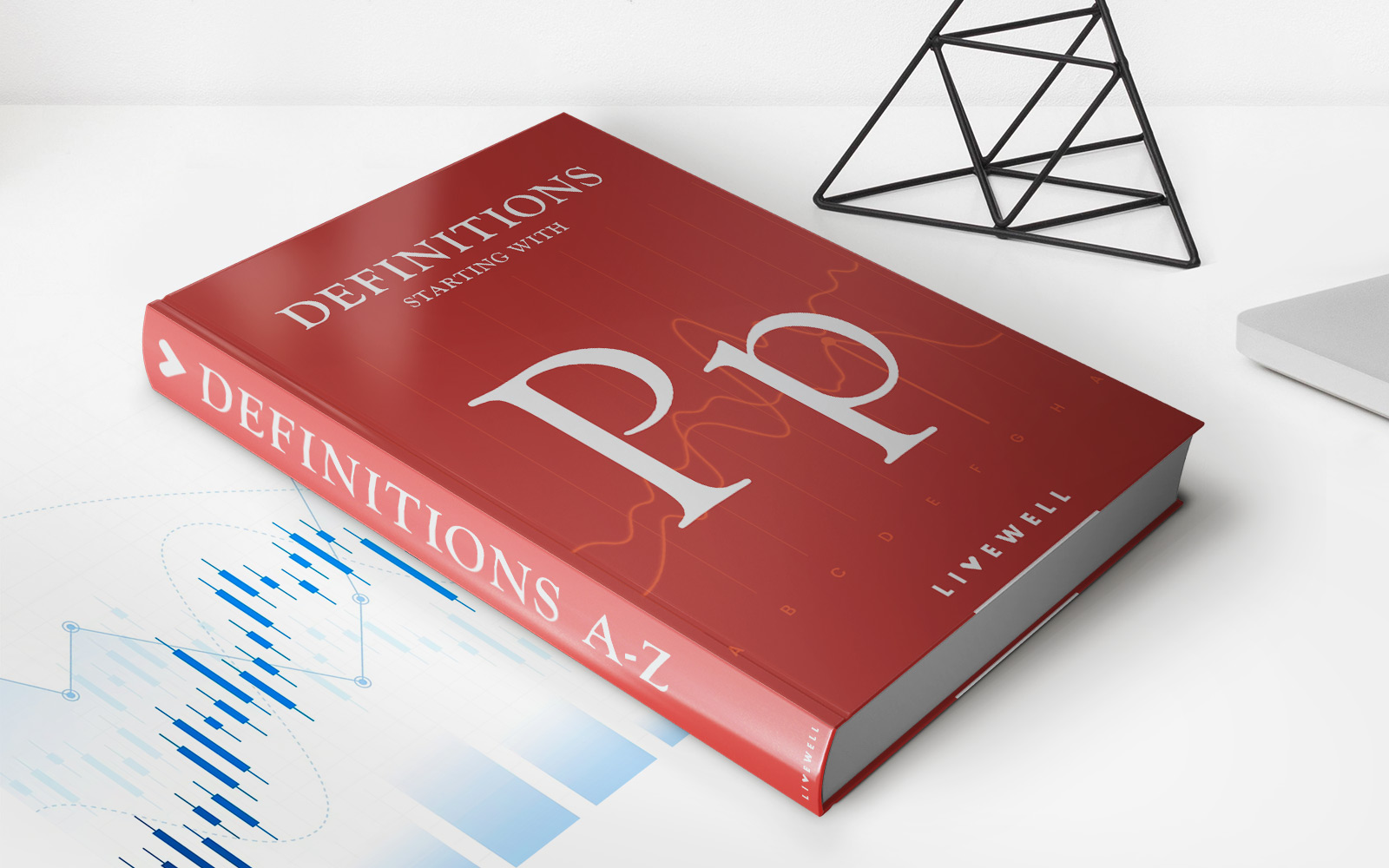Home>Finance>Relative Valuation Model: Definition, Steps, And Types Of Models


Finance
Relative Valuation Model: Definition, Steps, And Types Of Models
Published: January 18, 2024
Learn about the relative valuation model in finance, including its definition, steps, and types of models. Master this essential tool for financial analysis.
(Many of the links in this article redirect to a specific reviewed product. Your purchase of these products through affiliate links helps to generate commission for LiveWell, at no extra cost. Learn more)
The Relative Valuation Model: Definition, Steps, and Types of Models Explained
When it comes to making informed financial decisions, understanding the value of a company or an investment is crucial. This is where the relative valuation model comes into play. In this blog post, we will delve into the definition of the relative valuation model, explore the steps involved in applying it, and discuss the different types of models that can be used.
Key Takeaways:
- The relative valuation model is a method used to determine the value of a company or investment by comparing it to similar assets or benchmarks.
- It involves analyzing various financial ratios or multiples, such as the price-to-earnings ratio or price-to-book ratio, to gauge the relative value.
What is the Relative Valuation Model?
The relative valuation model, also known as the comparable valuation model, is a technique used by financial analysts to estimate the value of an investment or company by comparing it to similar assets or benchmarks in the market. It relies on the premise that the market prices assets appropriately and that similar investments should have similar values.
The relative valuation model is often used by investors, analysts, and researchers to determine if a particular investment is overvalued or undervalued compared to its peers. By examining key financial ratios or multiples, such as the price-to-earnings (P/E) ratio, price-to-book (P/B) ratio, or enterprise value-to-EBITDA (EV/EBITDA) ratio, one can assess the relative value of the investment.
Steps in Applying the Relative Valuation Model:
- Select Comparable Companies or Investments: Identify a group of companies or investments that are similar to the one you are valuing. These could be competitors in the same industry or assets with similar characteristics.
- Collect Key Financial Data: Gather the necessary financial data for both the investment being valued and the comparable companies. This may include revenue, earnings, book value, and market capitalization, among others.
- Calculate Relevant Ratios or Multiples: Compute the financial ratios or multiples that are commonly used in relative valuation, such as P/E ratio, P/B ratio, or EV/EBITDA ratio. These ratios will be used to compare the investment to the market benchmarks.
- Compare and Analyze: Compare the calculated ratios or multiples of the investment with those of the comparable companies. Analyze any discrepancies or differences that arise, and determine the implications for the value of the investment.
- Adjust for Unique Factors: Take into account any unique characteristics or circumstances of the investment being valued that may affect its relative value. These could include growth prospects, industry trends, or any other relevant factors.
- Calculate the Relative Value: Finally, based on the analysis and adjustment, calculate the estimated value of the investment relative to the comparable benchmark. This will provide an indication of whether the investment is overvalued or undervalued in relation to the market.
Types of Relative Valuation Models:
Several types of relative valuation models can be employed, depending on the specific context or purpose of the valuation. Here are some commonly used types:
- Price-to-Earnings (P/E) Ratio: This model compares the market price of a company’s shares to its earnings per share (EPS). It is often used in the valuation of publicly traded companies.
- Price-to-Book (P/B) Ratio: The P/B ratio compares a company’s market value to its book value. This model is useful for assessing the value of firms in industries where book value is a relevant indicator, such as banking or insurance.
- Enterprise Value-to-EBITDA (EV/EBITDA) Ratio: EV/EBITDA is commonly used to value businesses with substantial debt or those in industries with varying capital structures. It considers both equity and debt in determining relative value.
- Dividend Yield: This model compares a company’s dividend payments to its market price. It is often used for income-generating investments such as dividend stocks or real estate investment trusts (REITs).
By utilizing these different types of relative valuation models, analysts and investors can gain insights into the perceived value of an investment or company relative to its peers in the market.
In Conclusion
The relative valuation model is a powerful tool that can help determine the value of an investment or company by comparing it to similar assets or benchmarks. By understanding the definition, steps, and types of models involved in relative valuation, investors and analysts can make more informed financial decisions. Whether it’s analyzing the price-to-earnings ratio or assessing the value based on the enterprise value-to-EBITDA ratio, the relative valuation model provides a comprehensive framework for evaluating investments.
So next time you’re considering an investment, take the time to apply the relative valuation model and gain a deeper understanding of its value within the market.
